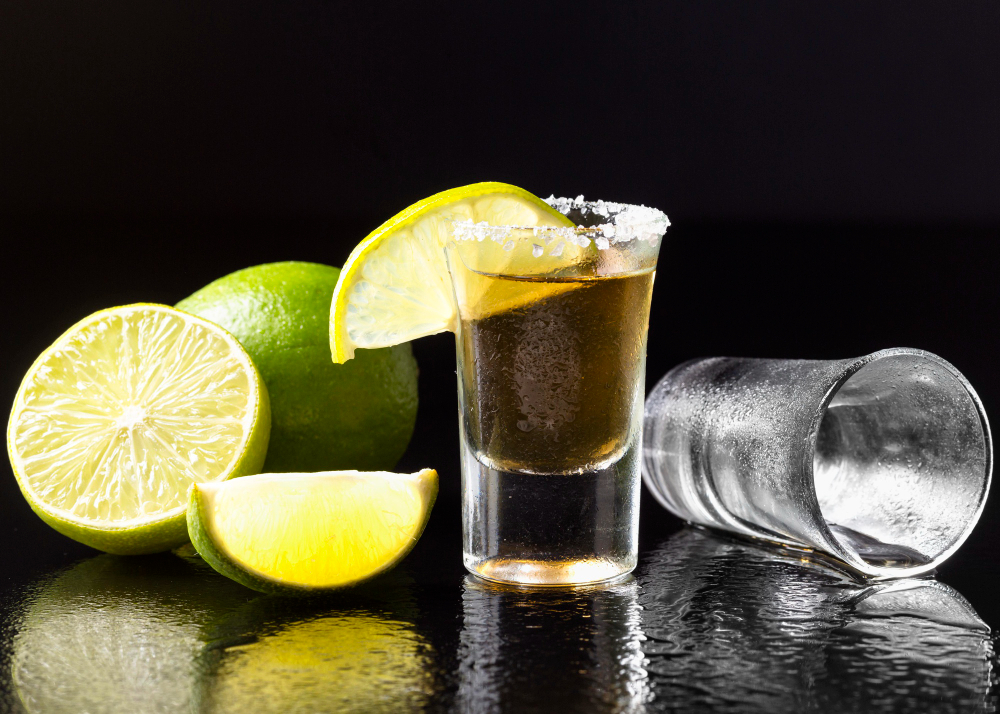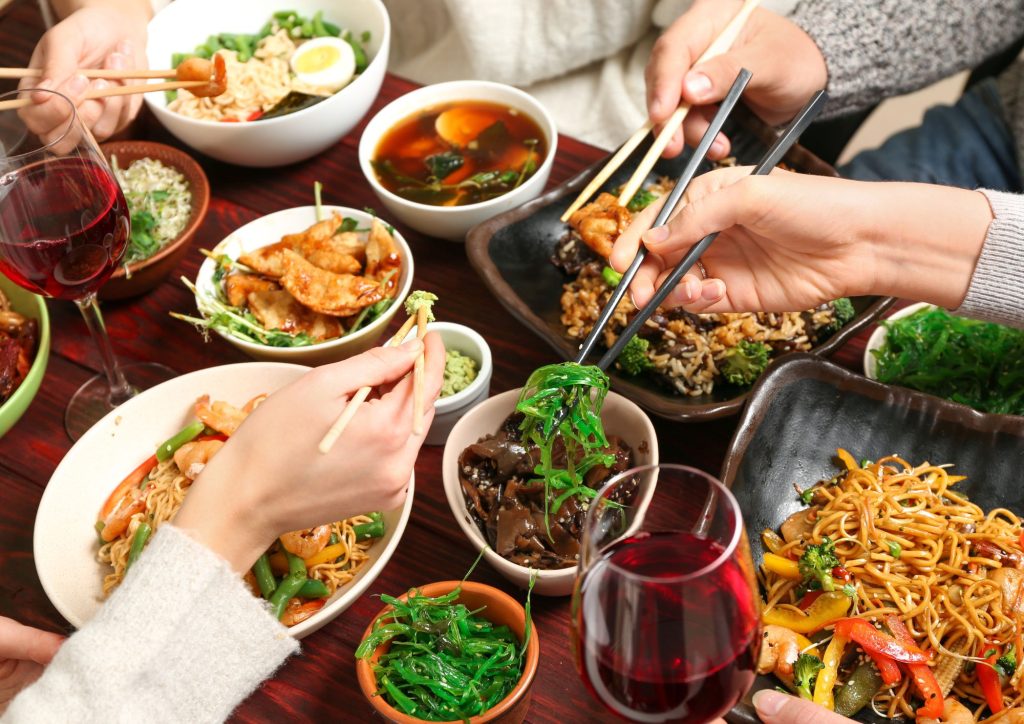Blog
The Art of Food Plating: Make Every Meal Instagram-Worthy
Food is not only about taste; it’s also about how it looks. In today’s world, where social media plays a pivotal role in our daily lives, the presentation of a meal is just as important as its flavor. Food plating, the art of arranging food in an aesthetically pleasing way, has become a trend that is as significant as the culinary skills behind the dish itself. Whether you’re hosting a dinner party or simply enjoying a homemade meal, mastering the art of food plating can turn any dish into a showstopper and make it Instagram-worthy.
In this article, we will delve into the essentials of food plating, share tips and tricks to elevate your presentation, and explore how to transform your meals into visual masterpieces. From color contrasts to texture layering, read on to learn how to make your meals as visually appealing as they are delicious.
1. Understand the Importance of Food Plating
Food plating is about more than just making food look good—it enhances the dining experience by engaging all the senses. Visual appeal plays a key role in how we perceive taste. A beautifully plated dish can elevate a simple meal, making it feel more special and indulgent. It also allows chefs to express their creativity and individuality.
- Why It Matters: Humans tend to eat with their eyes first. Studies have shown that a dish that is aesthetically appealing will be perceived as tastier and more satisfying. Proper food plating can also help create a memorable dining experience for guests, leading to more enjoyable meals and better reviews on social media.
- How to Do It: Pay attention to your plate’s composition. Create balance, highlight the colors and textures of your ingredients, and focus on proportion. Keep in mind that the way food is arranged can dictate the mood and theme of the dish.

2. Choose the Right Plate
The foundation of great food plating starts with choosing the right plate. The size, color, and shape of your plate can have a significant impact on the overall presentation of the dish.
- Why It Matters: A plate that is too small can make the portion look cramped and crowded, while a plate that is too large may make the dish look sparse. The right plate should provide a suitable background that highlights the food without overshadowing it.
- How to Do It: Choose a plate that complements the colors and textures of your dish. White plates are the most commonly used because they provide a clean, neutral backdrop that makes vibrant foods pop. For more elegant dishes, consider using dark-colored plates, which can add depth and contrast. As a general rule, try to keep the plate size proportionate to the portion size of the dish.
3. Focus on Color Contrast
The color of the food plays a significant role in food plating. The human eye is naturally drawn to bright and contrasting colors, so it’s essential to create a vibrant dish that appeals to the senses.
- Why It Matters: Using contrasting colors on the plate makes the dish more visually exciting. A plate full of different colors will not only look appealing but also suggests a variety of flavors, stimulating your appetite.
- How to Do It: Use ingredients with a variety of colors and textures. For instance, green vegetables can be paired with bright reds, yellows, and oranges from fruits or sauces. Additionally, garnishes like herbs, edible flowers, or spices can add a pop of color. When plating, consider the color wheel—complementary colors, like red and green or purple and yellow, will help your dish stand out.
4. Pay Attention to Texture
Texture is just as important as color in food plating. Combining a variety of textures—smooth, crunchy, soft, and crisp—can create an exciting sensory experience. A dish with a good balance of textures is more enjoyable to eat and adds dimension to the presentation.
- Why It Matters: Textural contrast not only makes the meal more exciting but also helps balance flavors. A smooth puree can be complemented by crunchy toppings or crispy elements, creating a delightful contrast for your palate.
- How to Do It: When plating, think about how different textures can complement each other. For example, a soft fish fillet can be paired with a crunchy vegetable garnish or crispy fried onions. Incorporating sauces or mousses can add smoothness, while nuts, seeds, or chips can provide crunch.

5. Master the Art of Layering
Layering ingredients effectively can help you create depth and dimension on the plate. Instead of placing everything flat on the surface, stacking or arranging items in layers adds height and makes the dish more dynamic.
- Why It Matters: Layering creates a sense of elevation, which makes the dish visually more intriguing. It can also help create focal points on the plate, guiding the diner’s attention to specific elements.
- How to Do It: Start by placing your main element—such as a piece of meat, fish, or a protein—at the base. Then, layer smaller components, such as vegetables, sauces, or grains, around or on top. Play with height and angles to create visual interest. Be mindful of balance, ensuring that the plate doesn’t become too crowded or unbalanced.
6. Use Negative Space
Negative space refers to the empty areas on the plate that aren’t covered by food. While it might seem counterintuitive, negative space is an important concept in food plating as it draws attention to the dish’s main elements and prevents the plate from looking too busy or cluttered.
- Why It Matters: Negative space helps guide the eye and emphasizes the focal points of the dish. It also allows each ingredient to shine on its own, without overwhelming the viewer with too much visual information.
- How to Do It: Be intentional about the placement of food on the plate. Use the empty space around the food to highlight the main elements. You can also use negative space to create shapes or patterns, adding a creative touch to the plating.
7. Garnish with Purpose
Garnishes are the finishing touches that can elevate your food and make it Instagram-worthy. However, not all garnishes are created equal. They should enhance the dish both visually and flavor-wise, rather than simply serving as decoration.
- Why It Matters: A well-chosen garnish can bring additional flavor, texture, or color to the dish. It adds a layer of sophistication and shows attention to detail, making your meal more appealing and delicious.
- How to Do It: Use fresh herbs, microgreens, edible flowers, or citrus zest as garnishes. They should complement the dish’s flavors and textures. For example, a fresh sprig of rosemary can enhance a roasted lamb dish, while a squeeze of lemon zest can elevate a seafood platter. Avoid over-garnishing, as too much can take away from the dish itself.
8. Serve Sauces with Elegance
Sauces can make or break a dish, and how you present them on the plate can significantly impact the visual appeal of your meal. Whether you drizzle, pool, or smear the sauce, the presentation should be elegant and intentional.
- Why It Matters: A well-presented sauce can add depth and flavor to the dish, creating an additional layer of visual interest. It can also enhance the dish’s overall composition and help tie all the elements together.
- How to Do It: Consider using a squeeze bottle or spoon to artfully drizzle or smear sauces on the plate. If you prefer to pool the sauce, make sure it’s placed neatly and doesn’t overwhelm the dish. Experiment with different techniques like creating a swirl or adding a few drops of sauce to the plate for an abstract effect.
9. Keep It Simple
While intricate designs and elaborate plating techniques can be beautiful, simplicity often wins when it comes to creating visually appealing meals. Overcomplicating the plating can make the dish look cluttered or pretentious.
- Why It Matters: Simplicity in food plating allows the dish’s ingredients to shine. It helps maintain balance on the plate and ensures that every component has room to be appreciated.
- How to Do It: Focus on a clean presentation. Instead of piling ingredients on the plate, arrange them thoughtfully in a way that highlights the dish’s most important elements. Keep garnishes minimal and avoid crowding the plate with unnecessary components.
10. Experiment with Shapes and Composition
Creative shapes and compositions can add a unique flair to your food plating. Think about how the shapes of your ingredients and the way they are arranged can tell a story or reflect the theme of the dish.
- Why It Matters: Unique compositions can evoke emotions and set the tone for the meal. A well-thought-out shape or arrangement can also make your dish stand out on Instagram, where people appreciate visually striking presentations.
- How to Do It: Experiment with different shapes, such as geometric patterns, organic forms, or symmetrical designs. You can also play with the positioning of ingredients, arranging them in rows, spirals, or other creative layouts. Be sure to keep the overall plate composition balanced and harmonious.
Conclusion
Food plating is an art form that goes beyond aesthetics; it’s about creating a sensory experience that engages the eyes, taste buds, and emotions. By paying attention to factors like color contrast, texture, layering, and garnishing, you can transform any meal into a visually stunning creation. Whether you’re cooking at home or presenting a professional dish, these tips will help you create food that’s not only delicious but also Instagram-worthy.
Remember, food plating is an opportunity to express your creativity and personality. So, don’t be afraid to experiment, and most importantly, have fun with it! With a little practice and attention to detail, you can make every meal look as good as it tastes.


